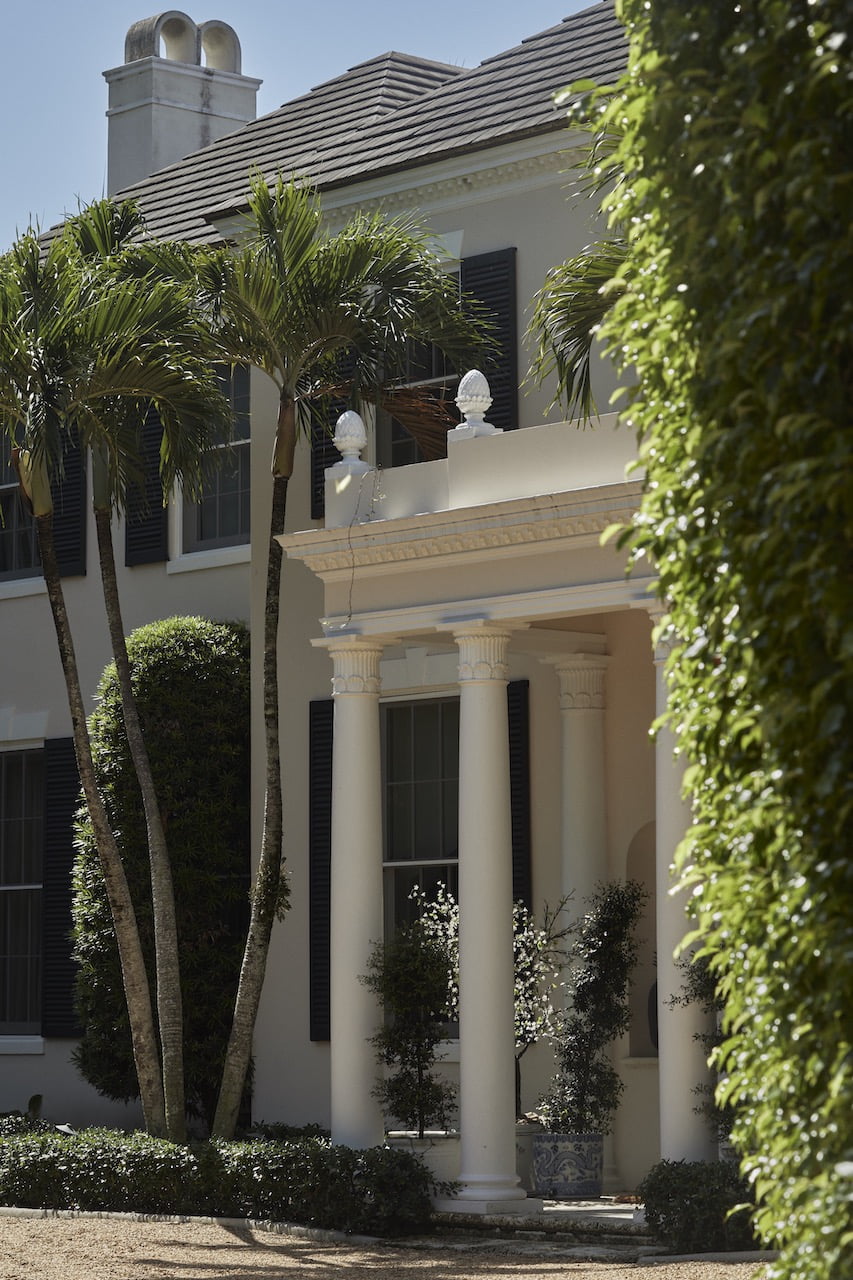There is no place like Palm Beach. With its palatial piles—Mediterranean Revival! Italian Renaissance! Georgian in the fashion of the British West Indies!—gleaming boulevards and palms swaying in the breeze, it’s a small town dressed up as a majestic oasis. And precisely what the industrialist and developer Henry Morrison Flagler envisioned when he first discovered the barrier island in the 1880s. Today, as chairwoman of the Preservation Foundation of Palm Beach, Betsy Shiverick believes that, if left unchecked, it would take less than a year for this generation to undo the area’s architectural legacy.
Founded in 1980 as a direct response to the rampant demolition of historic properties, the charitable foundation was established to preserve Palm Beach’s integrity. In recent years, working closely with the Landmarks Commission, the Architectural Commission, and the town council, the organization has proven to be remarkably nimble. It has rescued the town’s oldest house, Sea Gull Cottage; twice restored Town Hall; and funded construction of the beloved Pan’s Garden, to name a few.
Next up is by far the foundation’s most ambitious project: A projected $25 million development of Phipps Ocean Park, which is set to include 18 acres of public gardens, designed entirely with native plants, by Raymond Jungles; the restoration and relocation of the Little Red Schoolhouse, originally built in 1886; a playground; and an educational program focused on sustainability. “Our mission is to protect and celebrate the architectural and botanical heritage of the town,” says president and CEO Amanda Skier. “When we talk about what we do, education and advocacy are so important. It’s not about freezing things in time. Things need to evolve, without losing the place of Palm Beach.”
Now, more than ever, their mission is imperative. This summer, in a surprise move that even caught officials off guard, Florida governor Ron DeSantis signed a state law that allows Palm Beach homeowners to demolish landmarked houses, designated after January 1 of this year, in flood-zone areas. According to the town’s zoning department, that accounts for every house in Palm Beach. The Preservation Foundation, along with many other local organizations, plans to vigorously fight the law.
At the moment, Palm Beach has 328 landmarks. The foundation has accounted for nearly 1,000 additional structures that could still be landmarked in an effort to slow down new development. (Interestingly, the great majority of towns across America are landmarked by neighborhood; Palm Beach is landmarked by individual property.) “The old truism still stands,” Skier says. “You don’t know what you have, until you’ve lost it.” After all, if the island’s iconic masterpieces start to be replaced with glass-cubed smart houses, Palm Beach’s charm will also be its downfall.
Shiverick remains undaunted. Her hope for the Preservation Foundation’s future is inextricably linked to history and sense of place. “We would be so proud if we could weather these storms and, successfully, without creating controversy, maintain how the island looks now, and embrace change,” she says. “I would love it if Palm Beach did the best job of preserving its character and was the shining example,” She pauses, and flashes an auspicious smile. “Maybe it’s because I’m competitive.”
Get a preview of some of the stately homes saved by the Preservation Foundation, and read more about them in PALMER Vol. 2, available now.
















